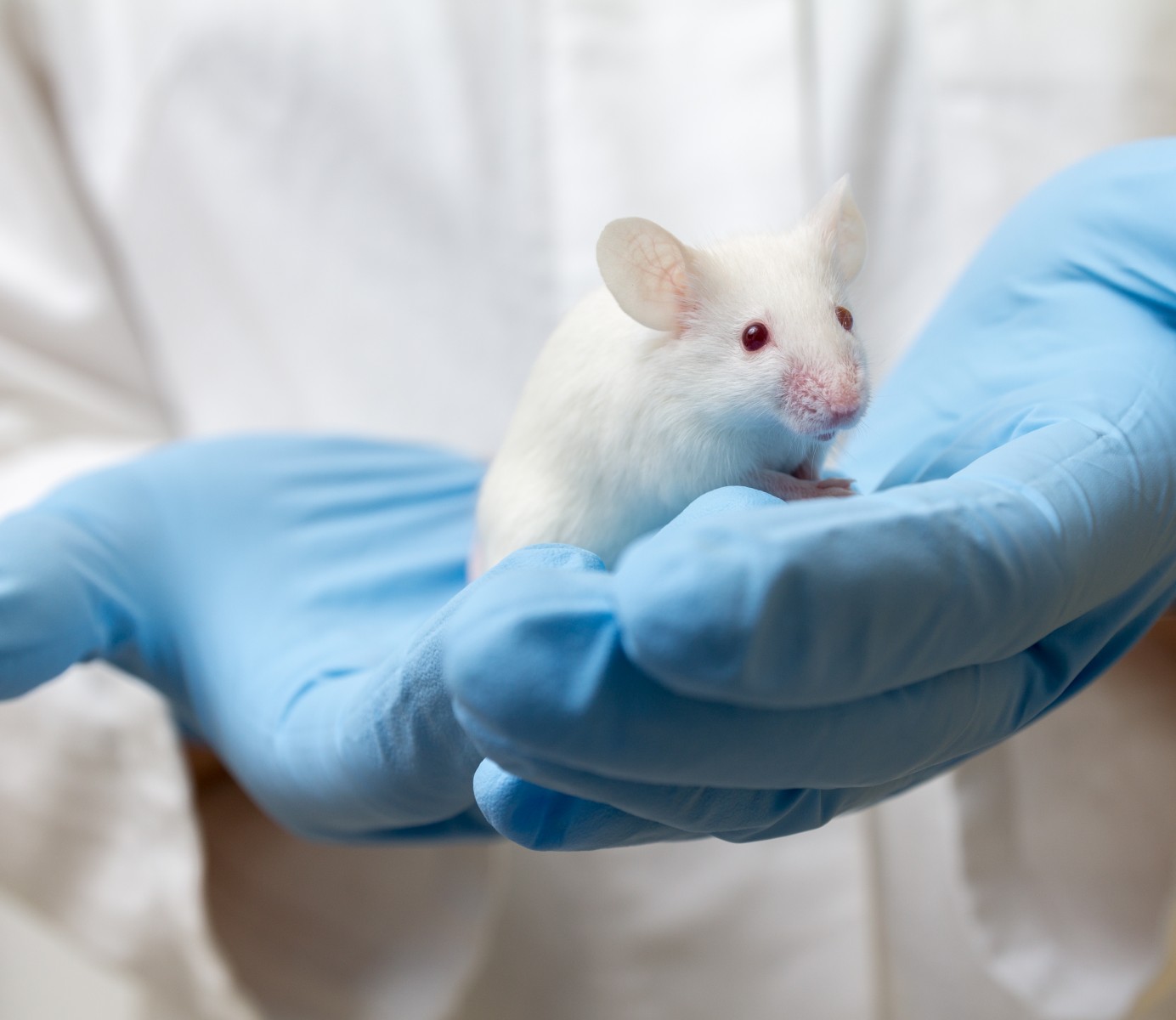New Potential Therapeutic Target – FFA4 Protein – Discovered for COPD
Written by |

Evidence of a new potential therapeutic target — a protein called free fatty acid receptor 4 (FFA4) — in the treatment of inflammatory airway diseases such as asthma and chronic obstructive pulmonary disease (COPD) has been found in a new study.
The study, “Pathophysiological regulation of lung function by the free fatty acid receptor FFA4,” was published in the journal Science Translational Medicine.
FFA4 is normally found in the gut and pancreas and is activated by dietary fats such as omega-3 fatty acids, typically present in fish. Once activated in these tissues, FFA4 works to help control blood glucose levels.
The protein also is abundant on the epithelial cells of the lungs, a previous study showed. Meanwhile, a more recent study suggested that omega-3 fatty acid activation of FFA4 might be beneficial in lung tissue repair. However, no further data is available regarding the molecule’s potential role in the lungs.
Now, an international team led by researchers at the University of Glasgow, in the U.K., used two pharmacological compounds — TUG-891 and TUG-1197 — to activate FFA4. The goal was to investigate whether FFA4 receptors are involved in smooth muscle relaxation in the airways, thereby increasing the diameter of those airways to allow more air to enter the lungs.
The team tested their hypothesis in several mice models of inflammatory lung diseases, as well as in human lung cells.
In mice, the investigators used chronic exposure to ozone, cigarette smoke, or house dust mites to induce airway inflammation. When the animals were treated with TUG-891 and TUG-1197, a reduction in inflammation and airway constriction was observed.
The scientists then found that FFA4 receptors also are present in lung tissue from human donors. Similar to mice, treatment with TUG-891 caused the bronchioles — the small branches of the lungs that lead into the alveoli, or tiny air sacs wherein gases are exchanged — to widen, or to dilate.
Based on the results, the team suggested that activating FFA4 reversed the key hallmarks of inflammatory lung disease, indicating that compounds like TUG-891 and TUG-1197 might form the basis for new treatments for lung diseases.
“It was indeed a surprise to find that by targeting a protein that up to now has been thought of as being activated by fish oils in our diet we were able to relax airway muscle and prevent inflammation,” Andrew Tobin, one of the study’s senior authors and a professor of molecular pharmacology at the University of Glasgow, said in a University press release.
“We are optimistic that we can extend our findings and develop a new drug treatment of asthma and COPD,” he said.
Because these two compounds work by a mechanism that is distinct from those of current asthma and COPD medicines, the team believes the findings open new paths toward alternative treatments.
“By the identification of this new mechanism we offer the hope for new effective medicines for those patients that are not responsive to our current treatments,” said Christopher Brightling, another of the study’s senior authors, and consultant in respiratory medicine at the University Hospitals of Leicester NHS Trust.
A related protein called FFA1 also might contribute to airway relaxation, other studies have shown.
Although FFA1’s precise role is not clearly understood, the team suggested that “pharmacological targeting of lung FFA4, and possibly combined activation of FFA4 and FFA1, has in vivo efficacy and might have therapeutic value in the treatment of bronchoconstriction associated with inflammatory airway diseases such as asthma and COPD,” the researchers wrote.
While further studies are needed to better understand the precise pharmacological properties of effective FFA4 activators, the team concluded that their study provides “the first evidence that FFA4 can promote airway relaxation and resolve airway inflammation.”




